The Blue Mermaid
2010by Eric Whollem
mixed media digital art
Copyright by the artist.
Vilasa, the Ecstasy of the Apsaras
Vilasa, in the Sanksrit language means "ecstasy."
The term is usually applied to the Apsaras, who swim
in the mist of the Gandharvas, the Celestial Musicians.
The mermaid's ecstasy is Vilasa.
The Apsaras are said to be clothed in swan's feathers. The
Swan Maiden motif is widely dispersed in human folklore.
Legend has it that those stealing the cloak of the Swan Maiden
may marry her. This is very similar to the selkie legends of
Northern Europe, where the one stealing the mermaid's seal
skin can take her to wife.
Also the swan is the bird of the Crone aspect of Aphrodite,
the mermaid Goddess of Cyprus.
Phylological Cognates
Vila is the ancient name of the mermaids of the Ionian
Sea. The word Vir means pool in the dialects of the
Balkans.
Sanskrit is an Indo-European language that is close
to the language of Lithuania.
A "phylological cognate" is a similar sounding word
from various languages, taken as a comparative study.
Usually the words chosen for analysis bear similar
meanings. Many anthropologists frown on the use of
such studies, as they are often misleading, and based
entirely on conjecture.
Vir, vira,Vila, Valhalla, Bala. and Baal are all cognate terms
that may share verbal roots.
The Viracocha
The Viracocha, or Foam-Born of Peru, may carry a
phylological cognate (vira) to the extremes of digression
theory. Some conjecture that the Incas are related
to the peoples of the Atlas Mountains of North Africa,
there having been an ancient major seaport on the
coast of Morocco.
The Peruvians have it that the first of the Incas were
dolphin spirits born of the waters of Lake Titicaca.
Many Inca mummies show red hair, which is not
uncommon with the Berbers of North Africa.
Bala and the Vala
Bala was a suboceanic demigod of India. He may be
a cousin of Baal, who was one namesake of Dagon,
the husband of the dolphin mermaid Atargatis of
the Nabateans. Bala shared exploits under the sea with
Krishna, as expounded in the Puranas.
Bala, Vila, and even Valhalla of the Norse may share
common mythic seeds. The Vala were the wise women
of Scandinavia. Do they correlate to the Vila, or mermaids
of the Balkans? Morrigan, the Sea Queen of the Celts, was
associated with the ravens, who gathered the dead on the
field of battle. As to whether Valhalla, as an isle in the sea,
correlates to the subaquatic domain of Emania or Annwyn
of the Celts is conjectural. The Valkyries were often linked
to the raven.
The Reed Boat People
Thor Heyerdahl in his Ra Reed Boat Expedition
established that the reed boat, as constructed in
ancient Egypt was capable of transatlantic crossing.
The Mayans, Peruvians, and other Indians of North
America, the Penutians, for example, are reed boat
builders.
Heyerdahl conjectured that an element of culture is
has been possible to diffuse across the seas, and even
travel around the globe from very early times.
Thus there are elements in mermaid mythic terminology
that may well have anciently crossed the Seven Seas.
Mermaid Search
Click on "mermaids" in the LABELS
in the column to the left of this blog to
pull up more posts on mermaid art
and mermaid mythology.
*
Abstract art, anthropology.
















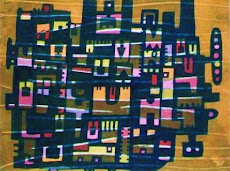


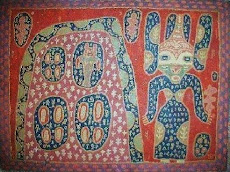






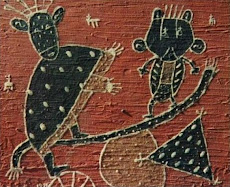


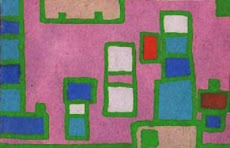




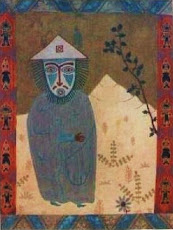



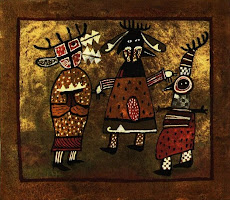






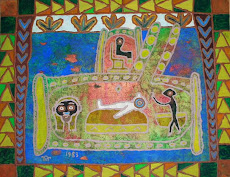




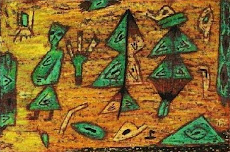
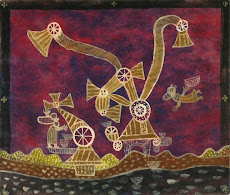









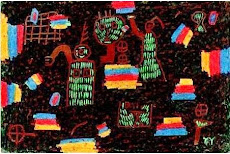
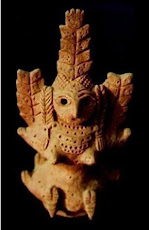
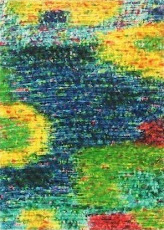





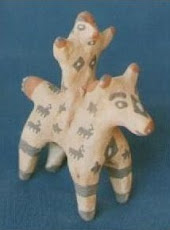
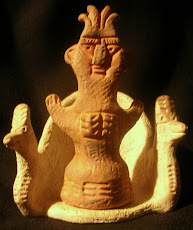
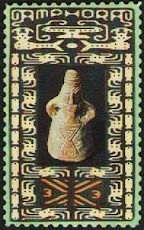
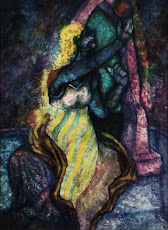
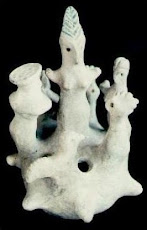

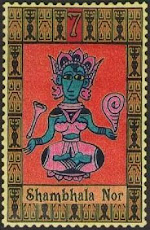

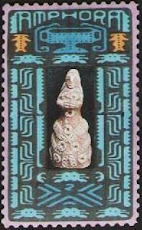
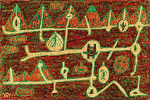

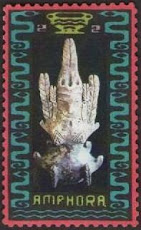



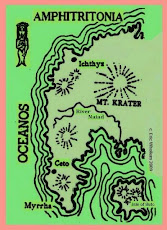
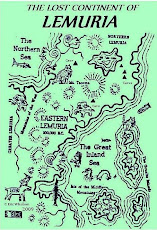
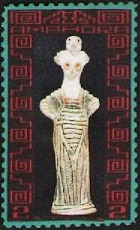



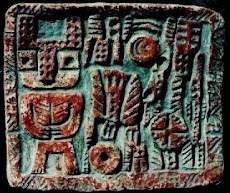

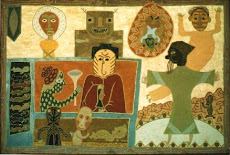





No comments:
Post a Comment
Inquiries, reactions, observations, favorites, commentary. Share with others.